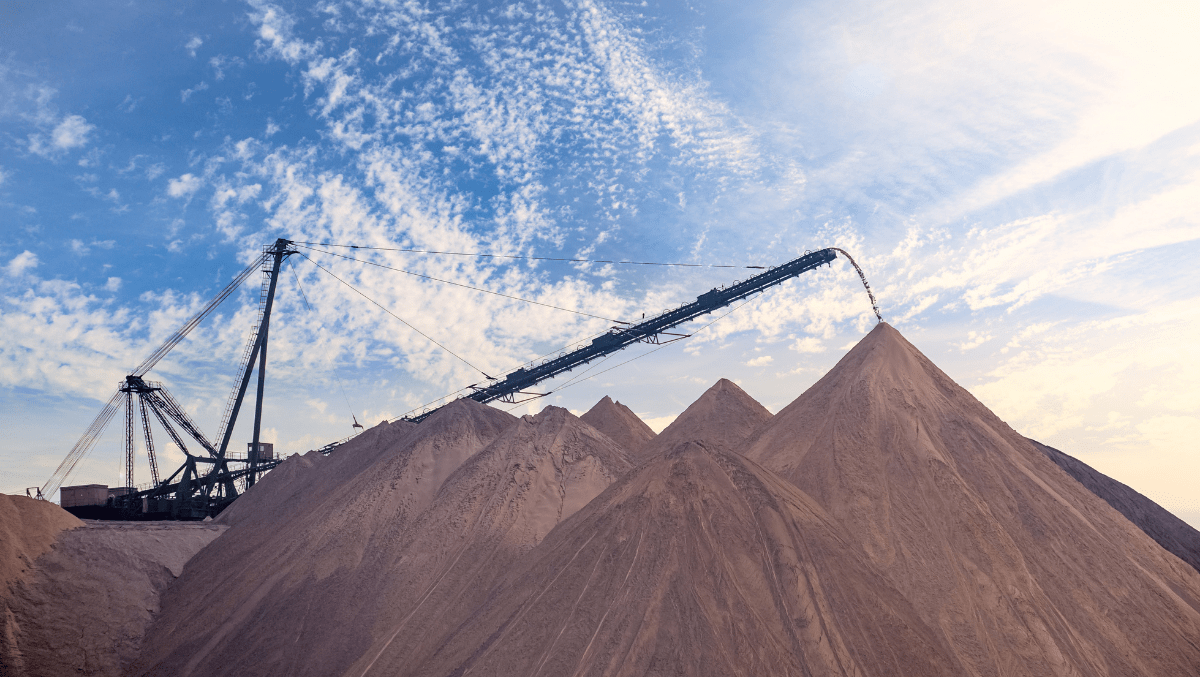Brazil is a major agricultural producer, being the world's fourth largest exporter of agricultural products, meeting domestic and foreign demand. This scenario would not be possible without the use of mineral fertilizers, including potassium.
Potassium is one of the basic elements in the production of NPK fertilizers (composed of Nitrogen, Phosphorus and Potassium). Potassium minerals are considered strategic in the Brazilian scenario, which, unfortunately, has a high external dependence. In view of this scenario, research aimed at minimizing the dependence on imports of agrominerals has been developed by the Geological Survey of Brazil (SGB/CPRM), in addition to private companies.
Potassium is mainly found in evaporite deposits. The most common occurrence is sylvinite, which is a mixture of halite and sylvite. Its main application is in the manufacture of fertilizers, corresponding to about 95% of world production. However, the chemical industry consumes the remaining 5% in the production of reagents, detergents, explosives and fireworks. In today's text, the main sources, the market and the reserves of potash will be presented, in addition to the news arising from new research and projects in progress in Brazil.
Main Sources of Potassium
Potassium is the seventh most abundant element in the Earth's crust . As such, there is a wide variety of minerals containing the element . However, due to the quantity of the element or ease of solubilization, only a small amount of these minerals, consisting of chlorides and/or sulfates, are considered economically viable for exploitation.
The principal potassium minerals are sylvite (KCl), containing 63% K 2 O, carnallite (KCl.MgCl 2 .6H 2 O), containing 17%, kainite (KCl.MgSO 4 .3H 2 O), containing 19%, langbeinite (K 2 SO 4 .2MgSO 4 ), containing 23%, polyhalite (K 2 SO 4 .MgSO.2CaSO 4 .2H 2 O), containing 15.6%, schoenite (K 2 SO 4 .MgSO 4 .6H 2 O), containing 23.4%, and singernite (K 2 SO 4 .CaSO 4 .H 2 O), containing 28%. However, the most important mineral commercially is sylvite , although carnallite, kainite and langbeinite are also important sources of the mineral good.
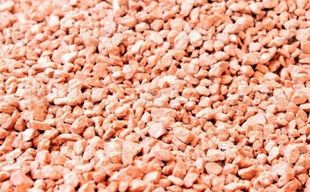
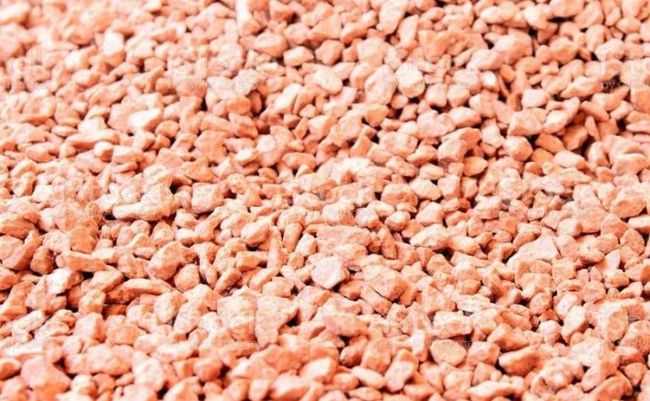


Evaporite deposits are the most important sources of potassium salts, due to the high water solubility of the derived salts, and thus, they are easily exploited and processed. Thus, they are formed by the evaporation of seawater under conditions favorable to the precipitation of minerals , which can be in shallow subtropical marine environments, desert regions, polar regions, and even in underground aquifers. In addition, it is also possible to occur in continental areas, from surface water that, when coming into contact with rocks, solubilizes ions, and, when drained into depressions, lakes, lagoons, playas or sabakhas, precipitates these ions in the form of minerals (CPRM, 2020). In summary, in evaporite deposits, the most common occurrence is sylvinite, a mixture of halite (NaCl) and sylvite (KCl) .
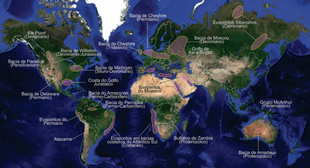
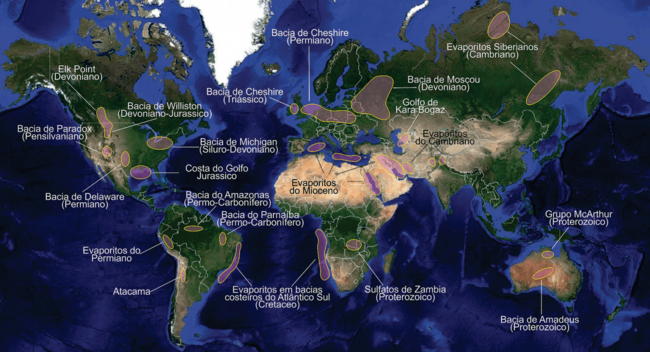


The Important Relationship Between Agriculture and Mining
Given the main use of potassium, the relationship between mining and agriculture is essential to meet the growing demand in food production. The use of NPK fertilizers, where potassium is an essential raw material, is the main product used in agriculture. Therefore, seeking independence or reducing external dependence on minerals is important in the context of Brazilian agribusiness.
Potassium Market
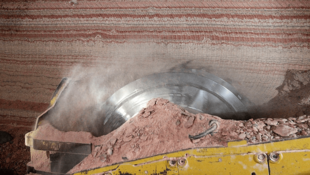
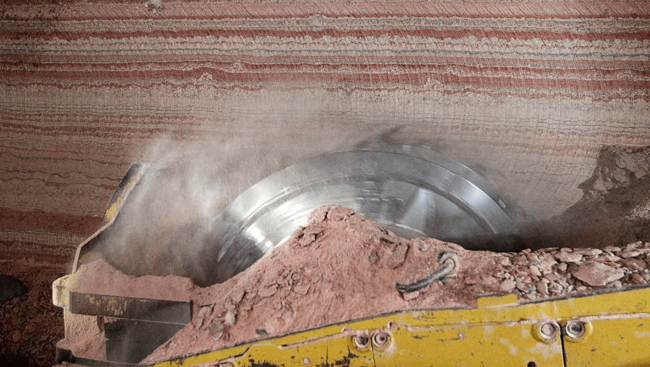
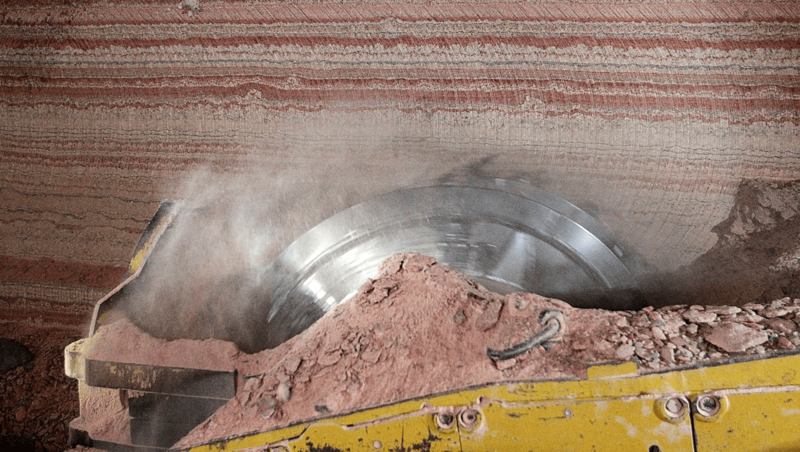
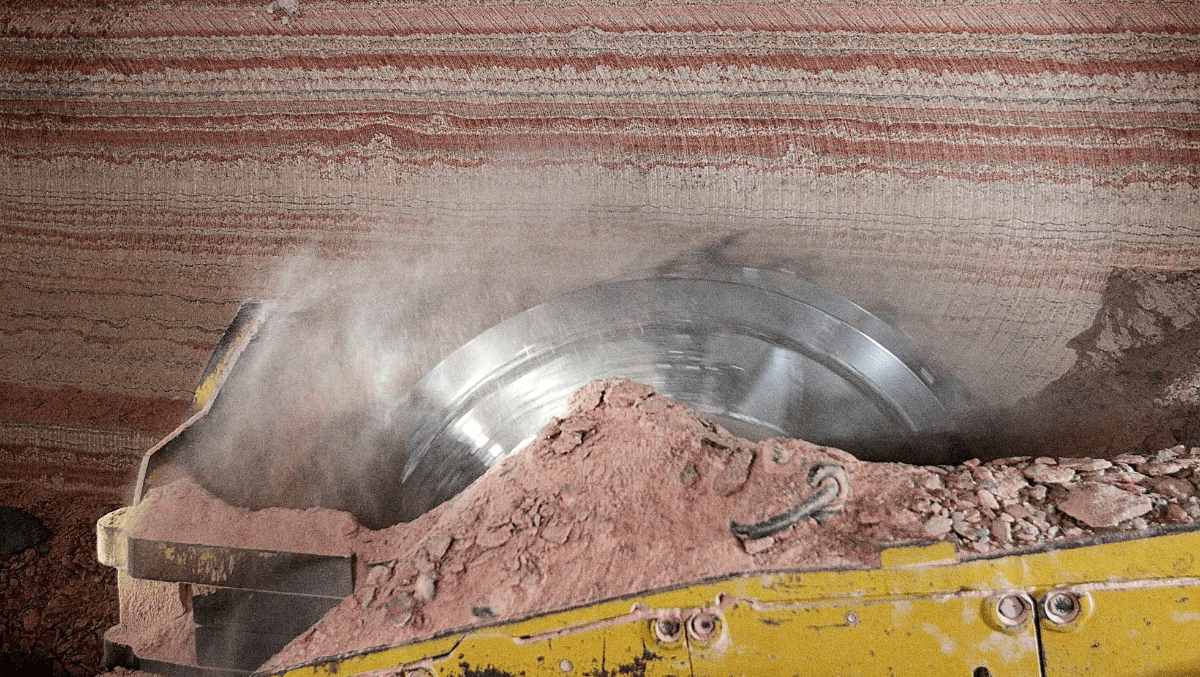
According to the Ministry of Economy, Brazil imported around 96.5% of its potassium chloride in 2019, making it the world's largest importer of this mineral. In 2021, according to a report by Brasil Mineral, the market went on alert due to the political crisis in Belarus, one of the world's largest suppliers of potassium, leading to higher prices and concerns about the supply of the input.
Import and Export
According to data from IBRAM (2021), Brazil, as the world's largest importer of potassium, imported around 10.45 million tons in 2019 and around 11.5 million tons in 2020. Currently, the countries that export potassium chloride to Brazil are Canada, Russia, Belarus and Israel, as shown in the figure below.
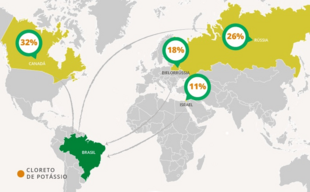
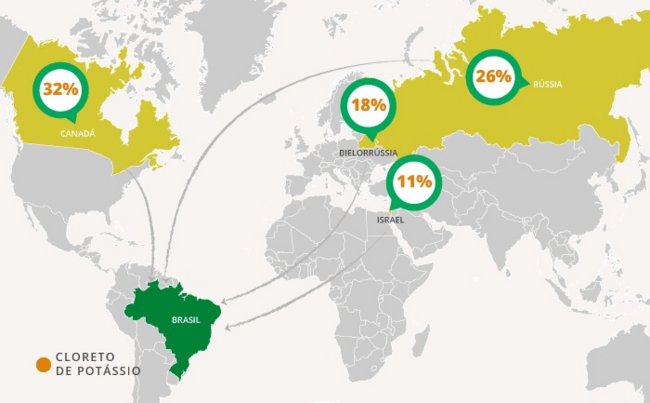
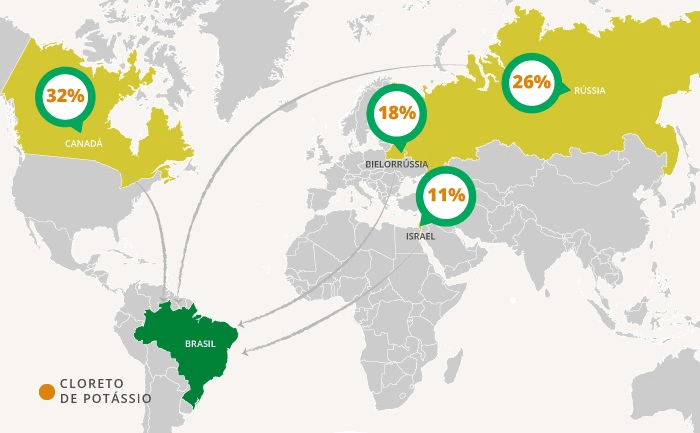

Furthermore, Brazilian exports of potassium fertilizers are mainly destined for South American countries. According to the DNPM-SE Report (2013), in 2012 exports reached approximately 7,313 tons of K2O equivalent , corresponding to potassium chloride.
New opportunities
Based on the data presented, we know the importance of seeking new horizons within our territory. In 2020, a Mineral Resources Report for Agriculture was published by the Geological Survey of Brazil , presenting an assessment of the potassium potential in the Amazon Basin , thus bringing opportunities to reduce the high external dependence on fertilizers and meet the demand in food production .
As a result, the discovery of new deposits with good potential for potassium extraction in the Amazon basin increased the potential for sylvinite to around 70%. Thus, it is known that it is possible to reduce dependence on imports of minerals if the exploration of these deposits is environmentally, socially and economically viable.
In the Amazon Basin, a region where recent research into potassium minerals has been carried out, there are a total of 360 research permits, 106 research applications, 8 mining concessions and 3 mining applications for potassium salts. The companies involved include Amarilo Mineração do Brasil Ltda, Potássio do Brasil Ltda, Serviço Geológico da Amazônia Ltda, among others. Finally, this scenario of ongoing opportunities can be seen in the figure below.
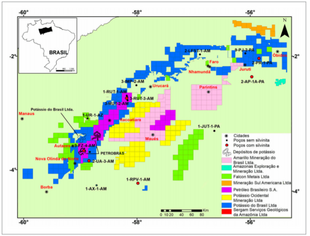
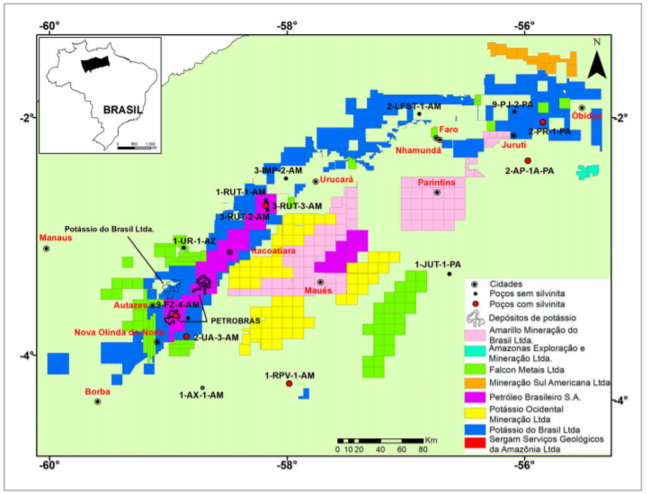


Potassium Reserves
According to data from ANM of Sergipe (2016), the world ranking of potassium reserves is led by Canada (23.5%), Russia (20.2%) and Belarus (17.6%), which are also the largest producers in the world. Brazil occupied 11th place in terms of mineable reserves and 10th position in relation to world production . The graphs below show the distribution of the main reserves and world production of potassium.
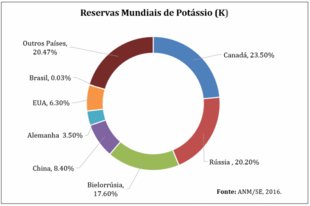
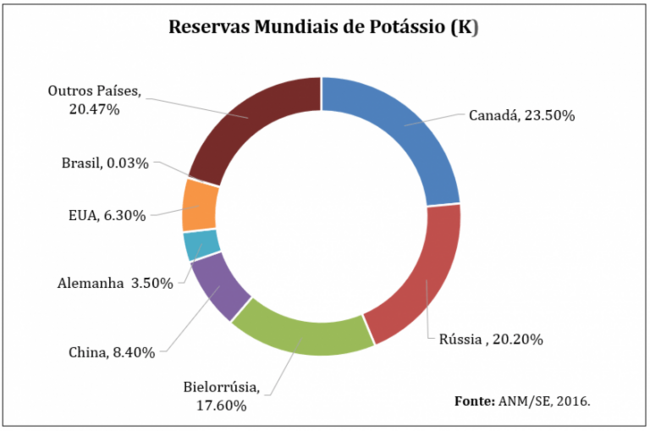
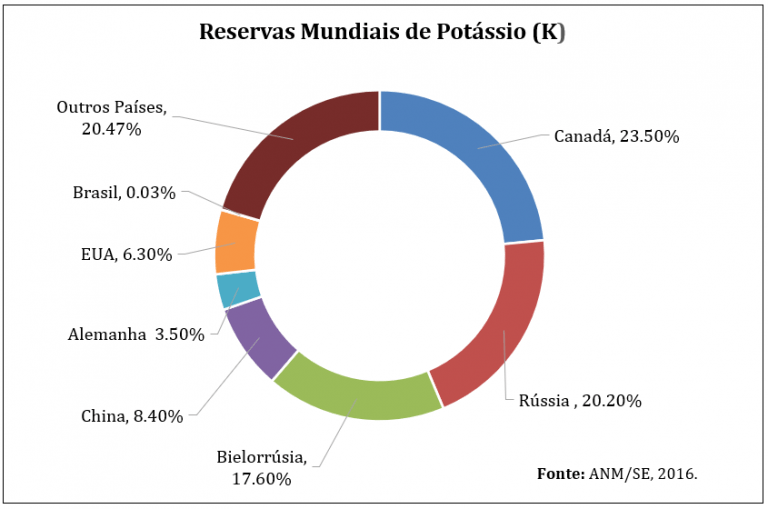

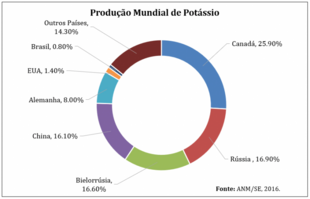
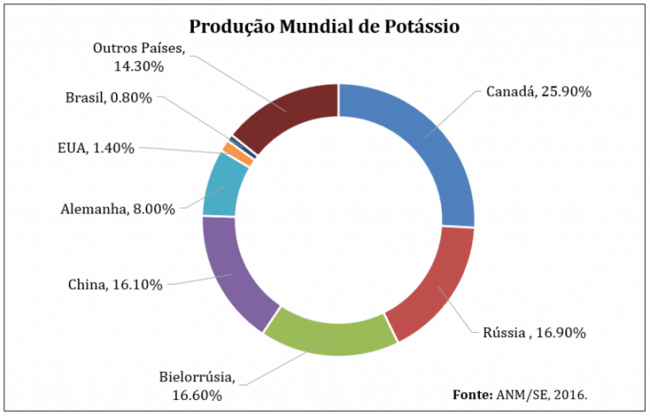
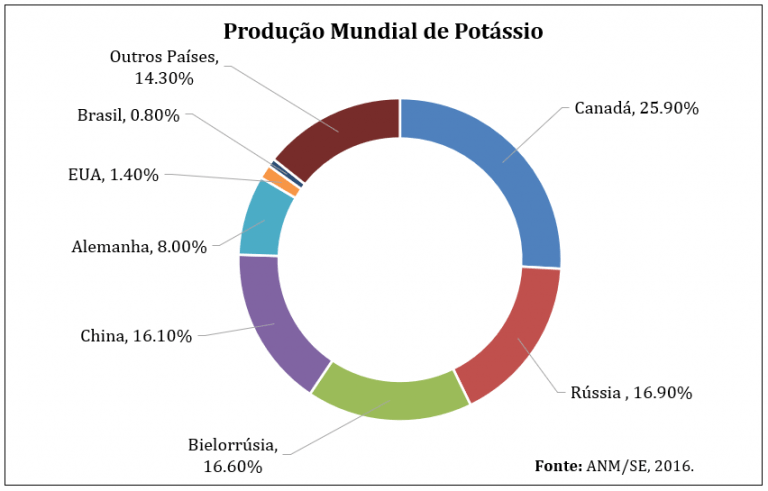

Brazilian Reserves
In short, the reserves of potassium salts in Brazil are restricted to the states of Sergipe and Amazonas . In Sergipe, in the regions of Taquari/Vassouras and Santa Rosa de Lima , the sylvinite reserves total 62.92 million tons . Of these, 55.20 million tons of “in situ” ore (24.26% K 2 O content) are in Santa Rosa de Lima and 9.5 million tons are in Taquari/Vassouras (14.9% K 2 O content ), corresponding to 1.4 million tons of K 2 O equivalent “in situ”, representing the mineable reserve. In Amazonas , the measured reserves of potassium salts, in the regions of Autazes, Nova Olinda do Norte and Itacoatiara, are in the order of 860 million tons (CPRM, 2019).
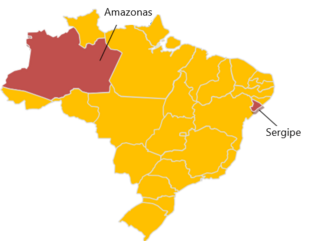
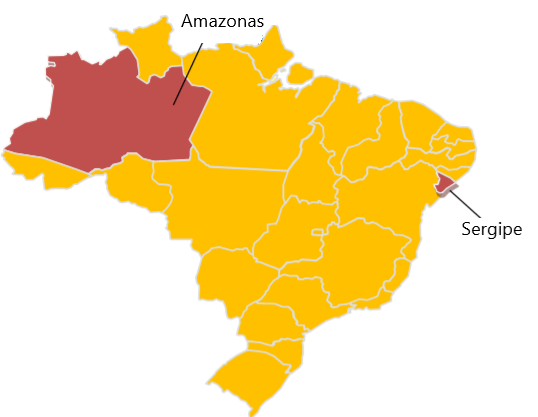


Projects under development in Brazil
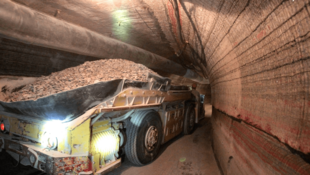
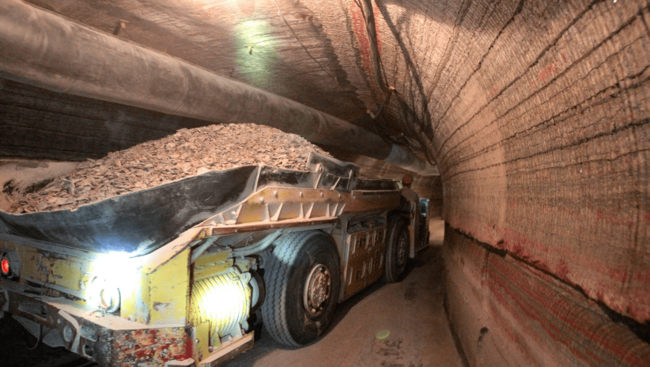
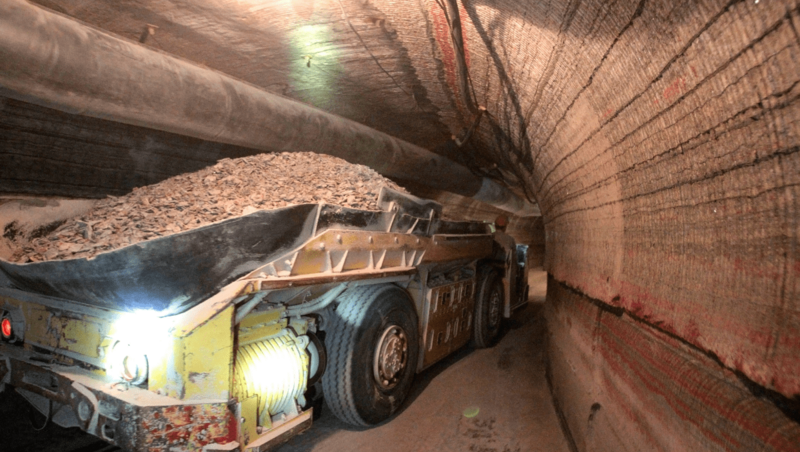
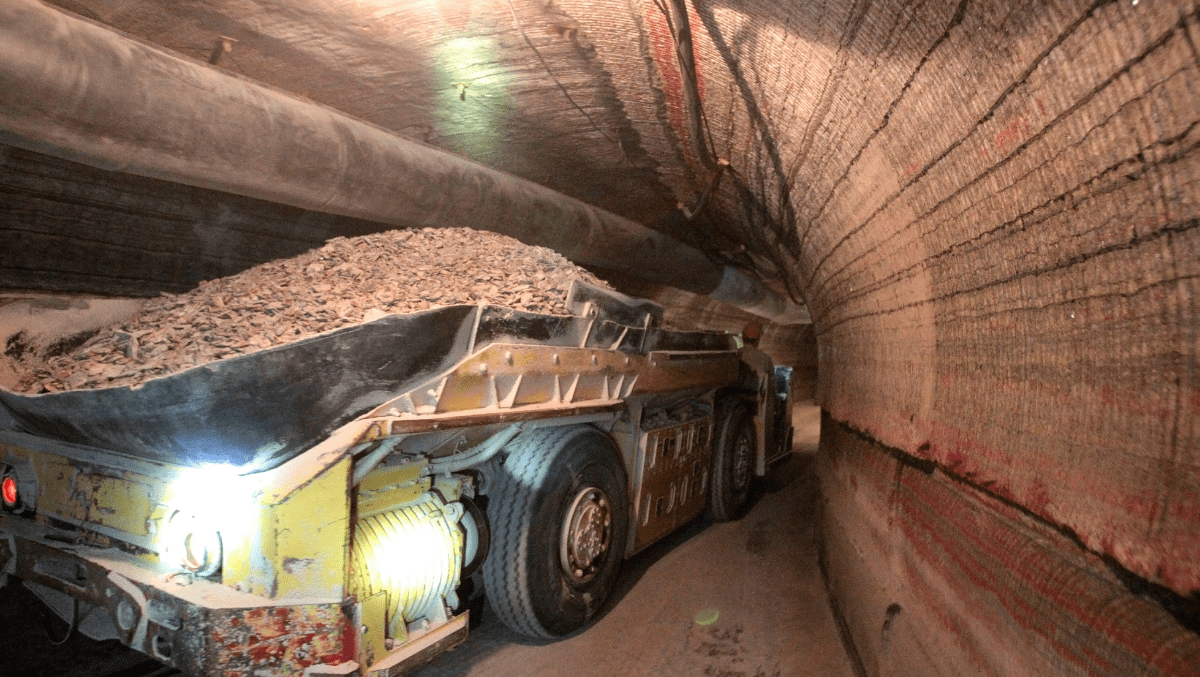
Given the information presented, it is known that Brazilian reserves are concentrated. Thus, we have the Taquari-Vassouras Mine, in Sergipe , which currently belongs to the American group Mosaic Fertilizantes, with the extraction of sylvinite . In operation since 1974, Taquari-Vassouras is close to exhaustion, highlighting the importance of the search for new projects.
As a result of this search, Companhia Potássio do Brasil SA has a project in Autazes , Amazonas , for the exploration of potassium. The project is in the implementation phase and is estimated to produce around 20 to 30% of the potassium that Brazil needs annually for the next 30 years.
In short, we have great potential for the exploration of this mineral resource in Brazil. Therefore, it is likely that other projects will be initiated, given the various mining processes underway. A self-sufficient Brazil in potassium is a possibility, and the path to this reality is being traced.
Are you interested in this topic? Check out other articles on the blog or contact us and see how we can help you and your company.
References:
- IBRAM
- Geological Survey of Brazil (SGB/CPRM)
- Mineral Summary (ANM)
